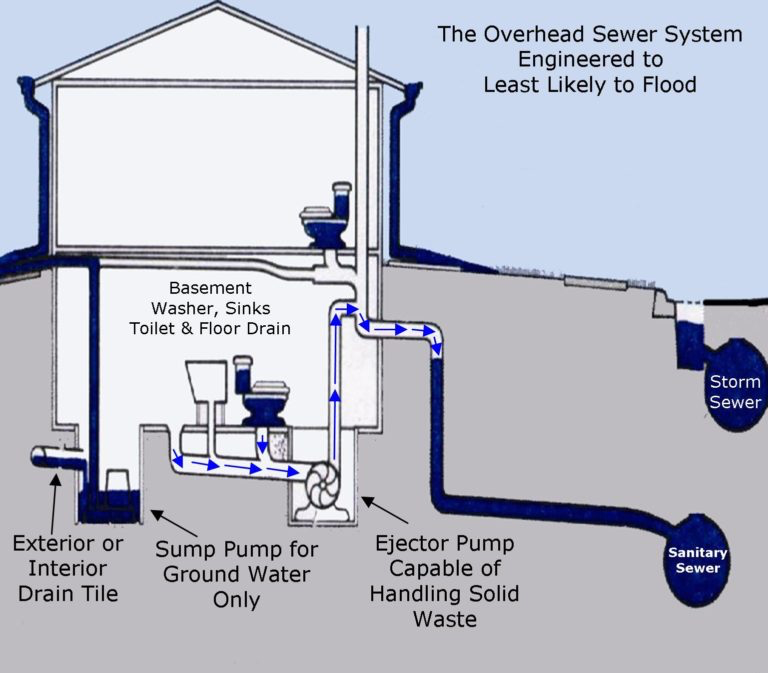
During construction, bathrooms are installed primarily on the main level of homes….well duh! This is a standard of construction and a minimum standard to avoid the use of an outhouse or port-a-potty😊 Along the way however homeowners with a basement decide they want to have a bathroom on that bottom level. This could be part of a larger renovation project, or just for convenience. If the builder thought ahead and spent a few extra dollars, chances are you already have a pit plumbed for a bathroom….which is great!
However, if the home was not built plumbed for a bathroom, meaning the drainage lines are under the concrete and headed to either the main sewer line or a pit, then you will have to add one. Adding one after the fact can mean one of two things: 1. Cutting concrete to install drain lines, or 2. Installing above slab fixtures with a macerating pump. The advantage to a macerating pump is that it sits above ground and the drain lines are also above the slab. This eliminates the need to cut into the concrete.
If the main sewer line in the home exits the home through the floor and then out to the city sewer, which is common in homes that are elevated (up on a hill), there is no need for a sewage pump. If the main sewer lines exit through the wall, obviously there needs to be a way for the waste to get to that height.
This is where the sewage pump comes in (finally)! The pump simply collects the drainage from the bathroom toilet, sink, and shower and grinds it up, and pumps it to the main sewer line so it can continue flowing by gravity to the city sewer line. This can also be done in a house for a private septic system.
Whether it’s a macerating pump or below ground grinder pump, the lid on the pit or box should be sealed. This is essentially a septic tank in your house and an improper seal of the lid, or poor venting will allow sewer gasses to escape and enter the home. If you have a sewage pit, one tip for maintenance is to occasionally run lemon juice down the line which helps cut grease and dirt and helps keep the impeller clean. Don’t flush anything paper-ish down the toilet except toilet paper.
Sewage pumps are not totally maintenance free, but a properly installed pump, with minimal maintenance and no foreign flushed material should last 6-8 years between service. It is advised that you have a plumber perform any repairs or service that required taking off the lid.
